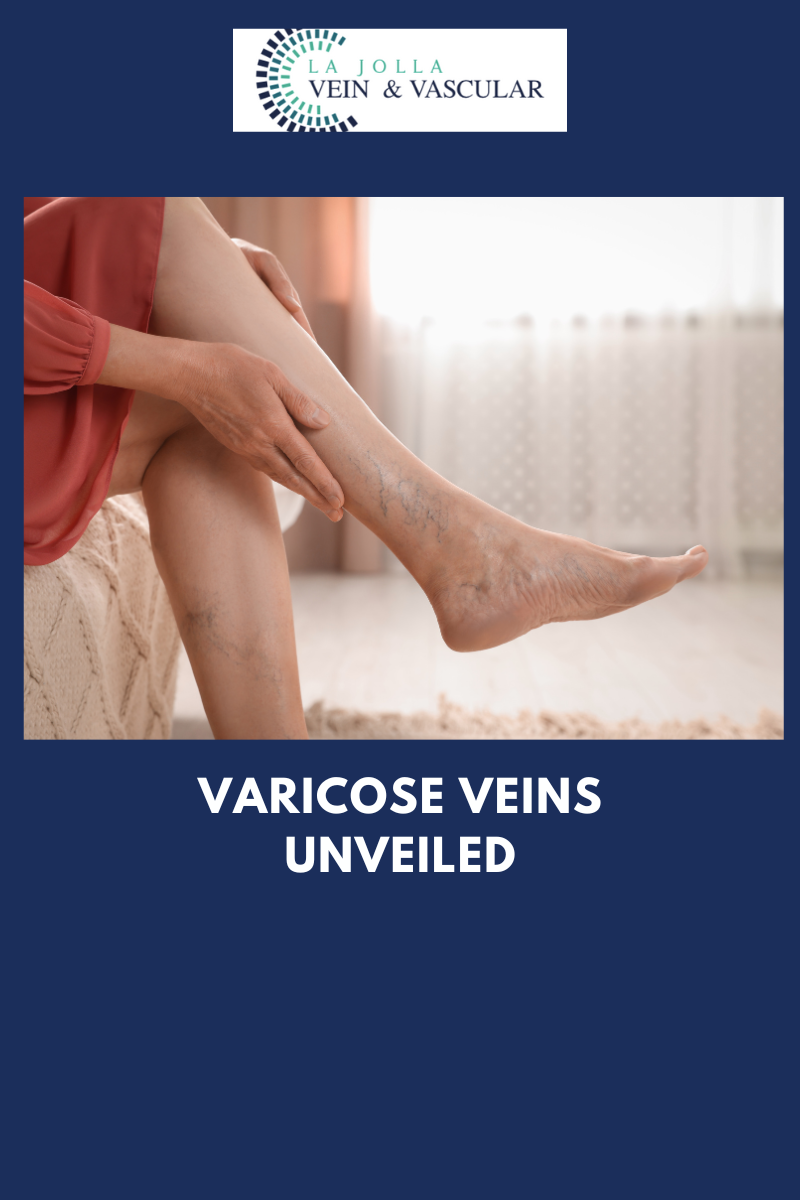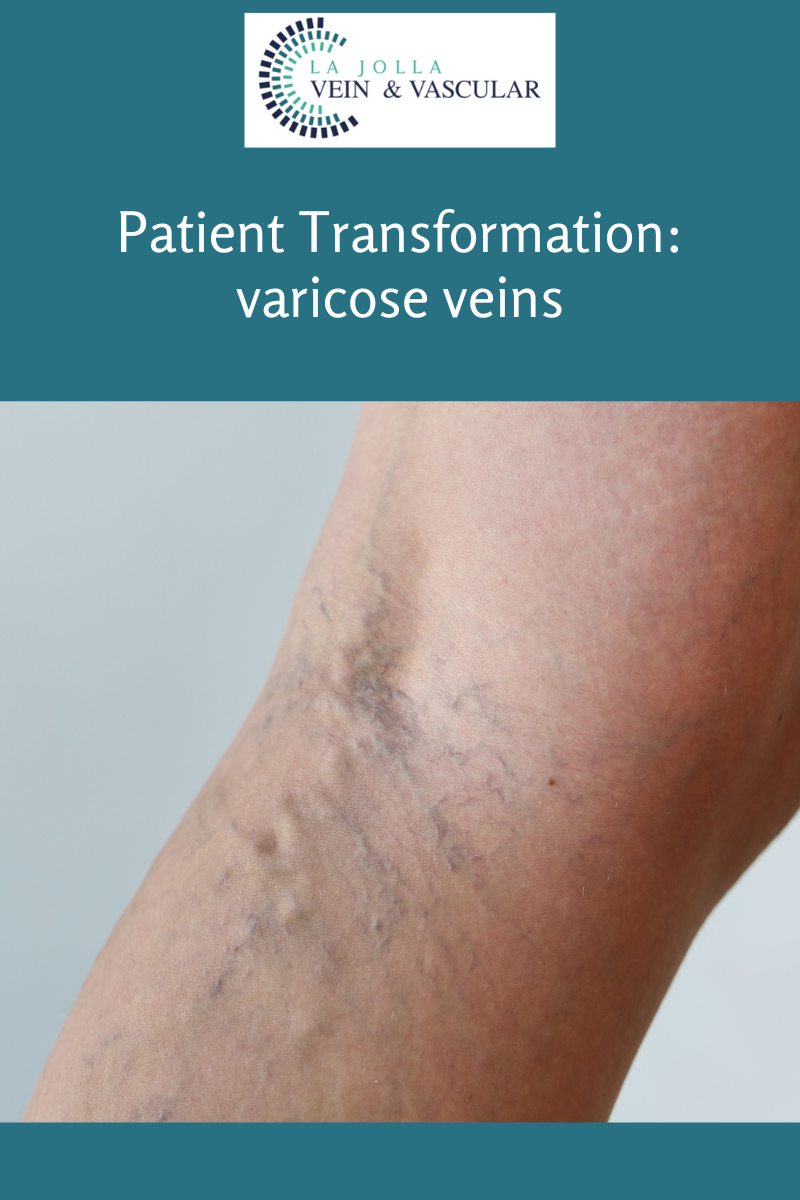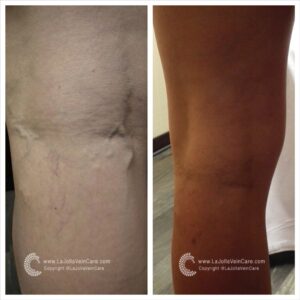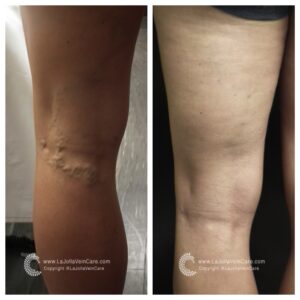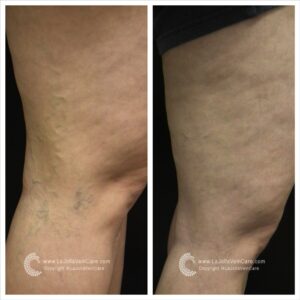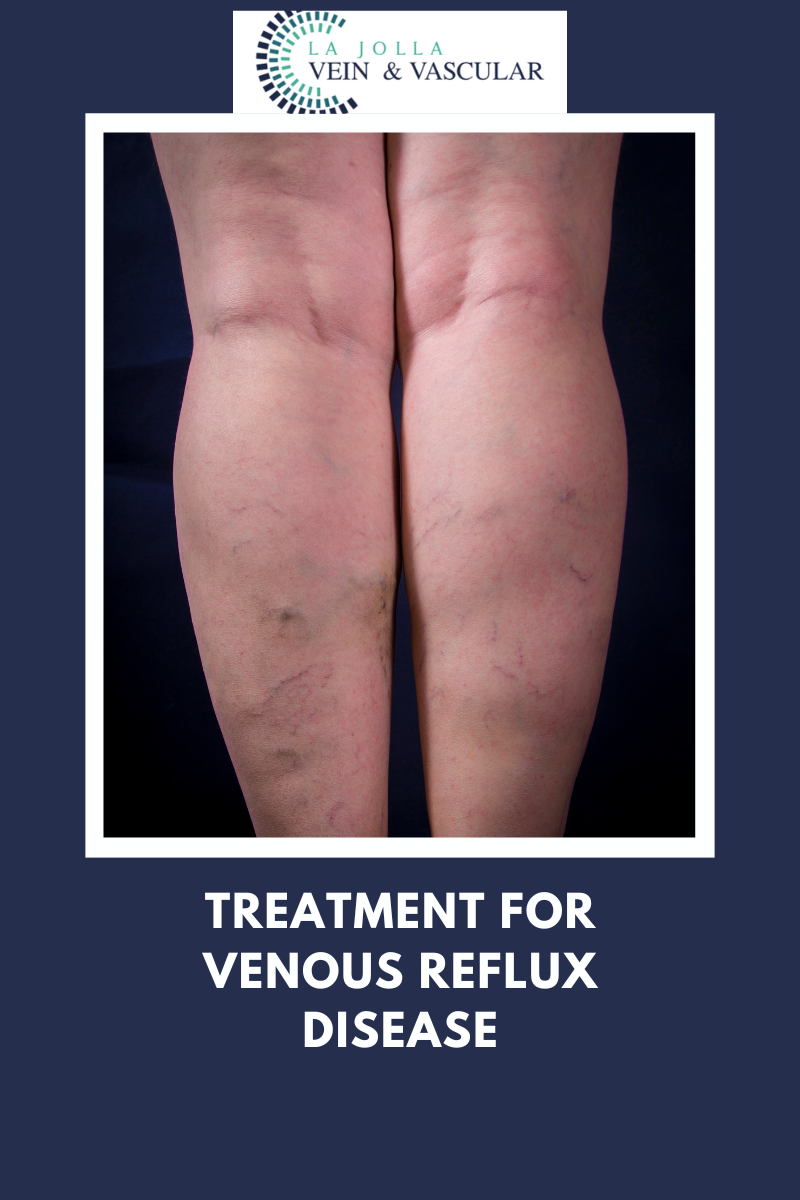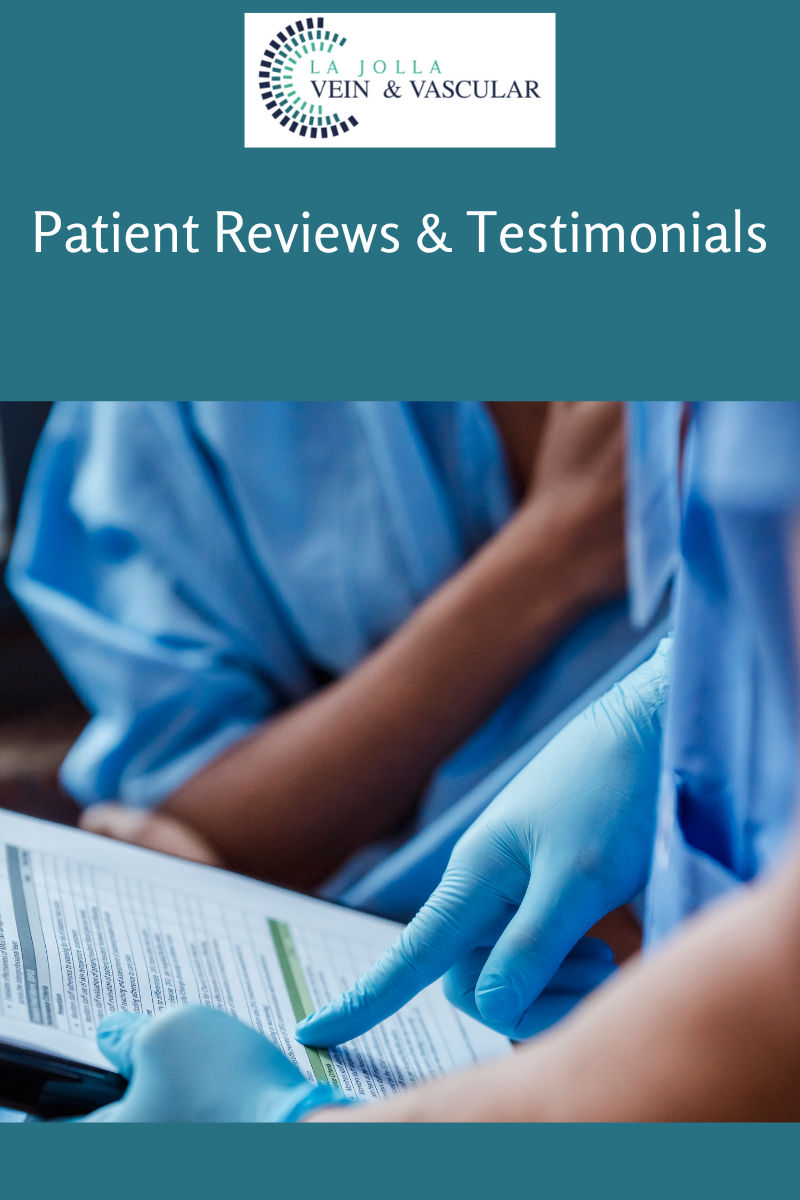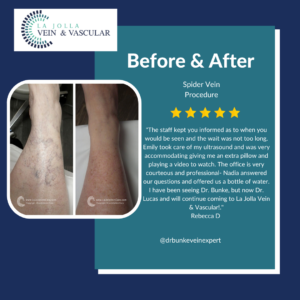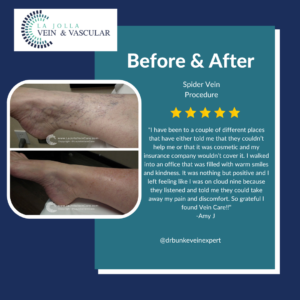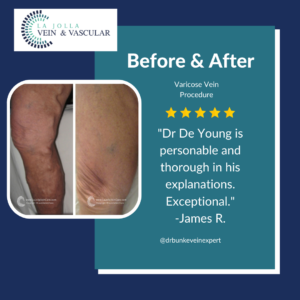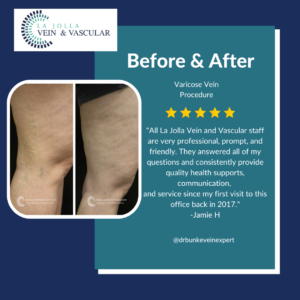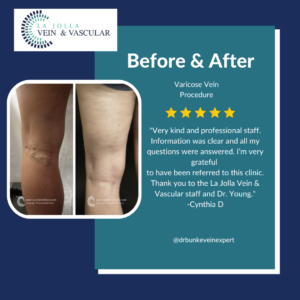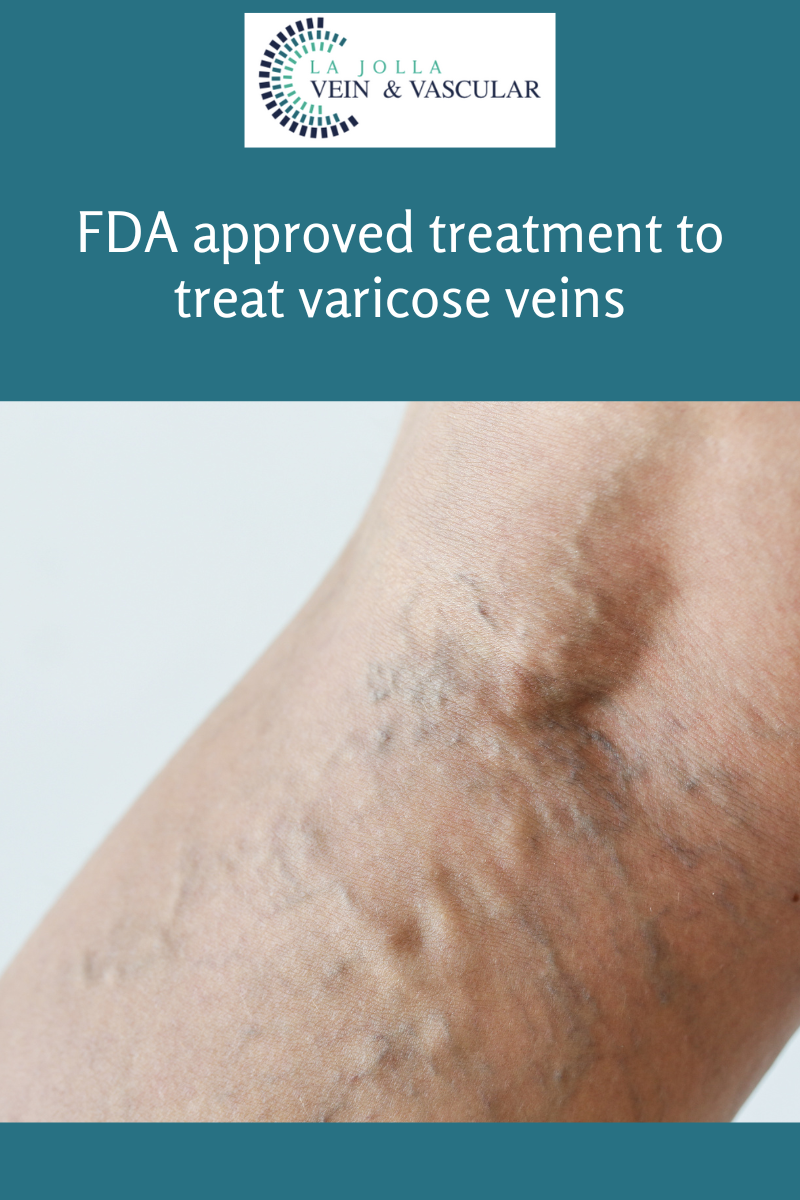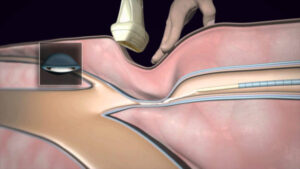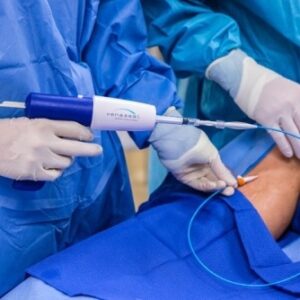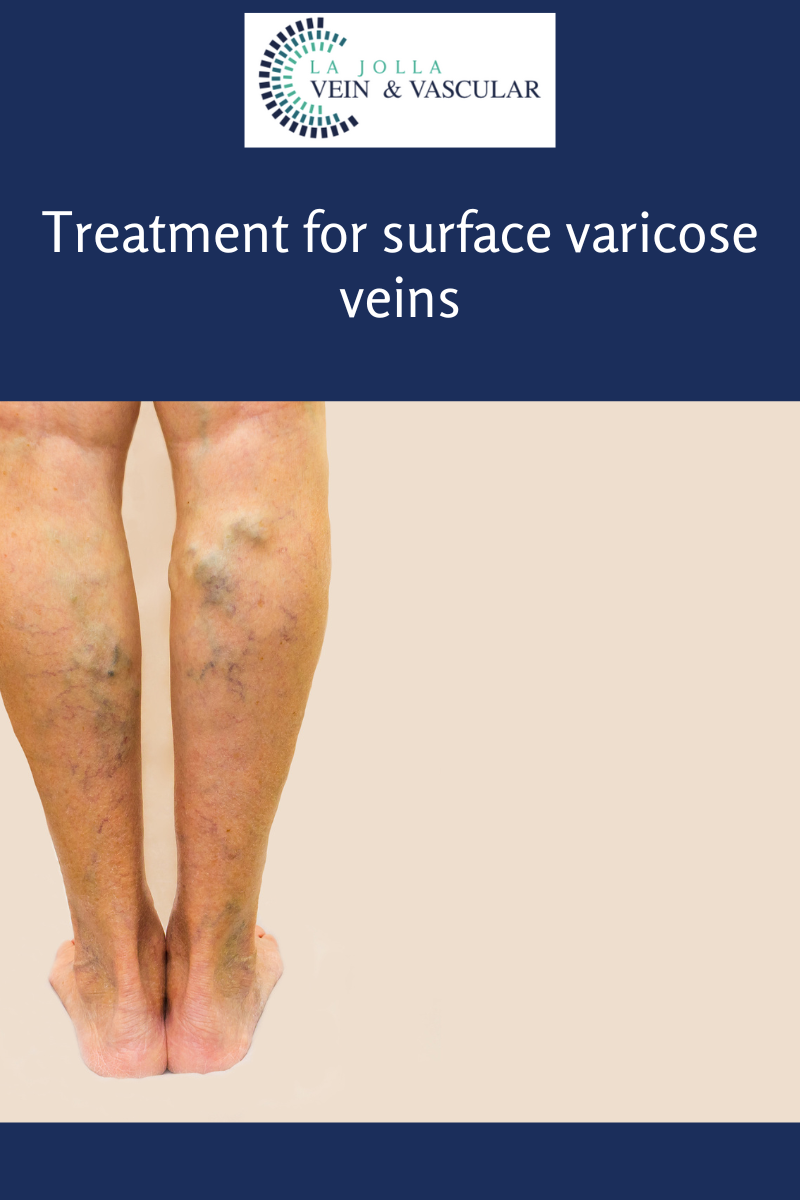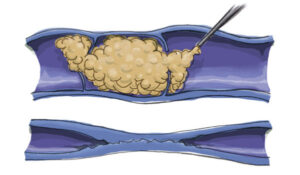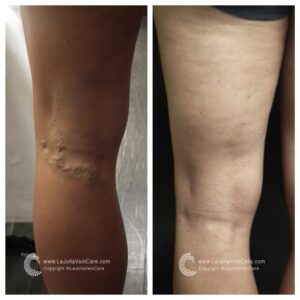Varicose Veins Unveiled
LJVascular2024-07-06T19:33:42-07:00Varicose Veins Unveiled
Varicose veins, those prominent and twisted veins beneath the skin's surface, are a common concern for many individuals, often bringing discomfort and aesthetic worries. In this enlightening blog post, we'll explore the complexities of varicose veins and the underlying condition known as venous reflux disease. From understanding the root causes to uncovering the range of symptoms and treatment options, join us on a voyage to attain better vein health and lasting relief.
Grasping Varicose Veins
Varicose veins are swollen and twisted veins, most visibly affecting the legs. Though widespread, they can be a source of pain and cosmetic distress, making it crucial to gain a comprehensive understanding of these veins and how to address them effectively.
Identifying the Culprits: The Causes of Varicose Veins
The primary trigger for varicose veins lies in malfunctioning vein valves, which lead to blood accumulation within the veins. This pooling of blood causes the veins to expand and become varicose. Underlying venous reflux disease, known by various names like venous stasis, venous insufficiency, or venous incompetence, is frequently the contributing factor to the development of varicose veins. Venous reflux disease arises when blood backflows within the deep and superficial leg veins.
Insights from Research
A groundbreaking study, led by Dr. Nisha Bunke and published in the Journal of Vascular Ultrasound in 2018, examined more than 1,000 legs affected by varicose veins. This research revealed that a substantial majority—well over 90%—of the sources of varicose veins were the great and small saphenous veins. The Great Saphenous Vein (GSV) travels through the middle of the thigh and calf, while the small saphenous vein (SSV) courses along the back of the calf.
Unveiling the Symptoms
Both varicose veins and venous reflux disease manifest an array of symptoms, including aching, tenderness, heaviness, fatigue, restlessness in the legs, burning and throbbing pain, itching, leg cramps (particularly at night), ankle swelling, skin discoloration, and even skin ulcers that may form above the ankle. Left untreated, complications may arise, such as painful inflammation of the veins (superficial phlebitis), blood clots within varicose veins (superficial thrombophlebitis), and skin problems like discoloration, eczema, or ulcers.
The Power of Ultrasound Diagnosis
A fundamental component of accurate diagnosis is duplex ultrasound technology, which is used to assess veins beneath the skin's surface. This technology not only detects faulty valves and determines the direction of blood flow but also identifies any obstructions or scars within the veins, providing invaluable information for devising a tailored treatment plan.
A Tailored Approach to Treatment
A holistic approach to managing varicose veins involves multiple steps:
Step 1: Addressing the Root Issue
The core of treatment lies in resolving venous reflux. This entails focusing on the saphenous veins, often the source of the problem. Innovative vein ablation procedures, such as radiofrequency ablation (RFA), laser ablation, mechanico-chemical ablation (MOCA), and Varithena Foam, are utilized to reinstate proper blood flow.
Step 2: Managing Varicose Veins
After successfully treating the underlying reflux, the next step is to address the varicose veins themselves. Common methods include foam sclerotherapy, involving the injection of a foamed medication to induce scarring and eventual dissolution, and phlebectomy, which entails small incisions for vein removal.
Varicose veins and venous reflux disease impact numerous lives, resulting in discomfort and aesthetic concerns. By gaining insight into their root causes, recognizing the array of symptoms, and exploring innovative treatments, individuals can take charge of their vein health. At La Jolla Vein & Vascular, we're devoted to delivering personalized care and effective solutions to alleviate symptoms and enhance your quality of life. If you're ready to embark on the path to healthier veins, don't hesitate to contact us today and take the first step towards achieving sustained relief and well-being.
"Bringing Experts Together for Unparalleled Vein and Vascular Care"
La Jolla Vein & Vascular (formerly La Jolla Vein Care) is committed to bringing experts together for unparalleled vein and vascular care.
Nisha Bunke, MD, Sarah Lucas, MD, and Amanda Steinberger, MD are specialists who combine their experience and expertise to offer world-class vascular care.
Our accredited center is also a nationally known teaching site and center of excellence.
For more information on treatments and to book a consultation, please give our office a call at 858-550-0330.
For a deeper dive into vein and vascular care, please check out our Youtube Channel at this link, and our website https://ljvascular.com
For more information on varicose veins and eliminating underlying venous insufficiency,
Please follow our social media Instagram Profile and Tik Tok Profile for more fun videos and educational information.
For more blogs and educational content, please check out our clinic's blog posts!

